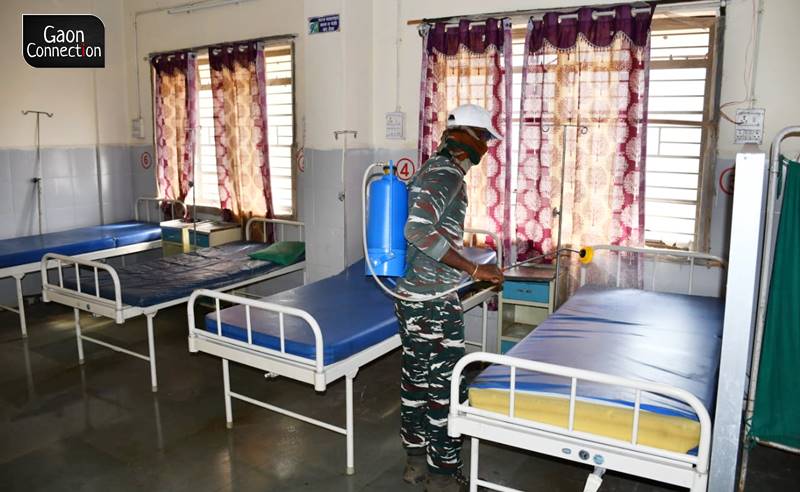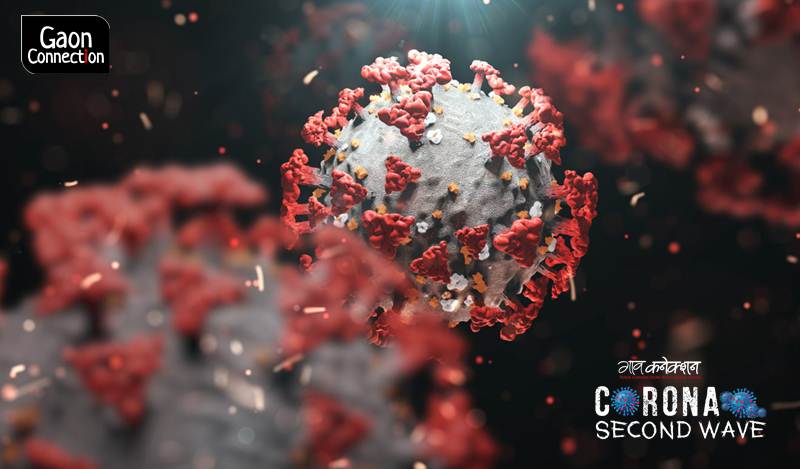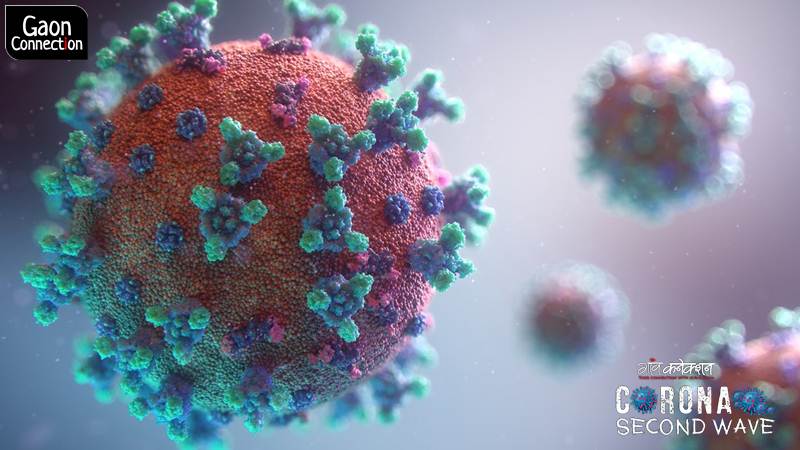Explained: How likely is it to get COVID19 by touching contaminated surfaces?
A new study has confirmed there are low chances of contracting COVID19 by touching surfaces contaminated by SARS-CoV-2 virus. Read on to know more.


The research concluded that the SARS-CoV-2 virus samples collected from various surfaces did not have the ability to infect a person with COVID19 and that chances of the infection spreading through surfaces were slim.
A research conducted by the Davis-based University of California has confirmed there is a low likelihood of a person contracting COVID19 by coming in contact with surfaces contaminated by the SARS-CoV-2 virus in a hospital setting.
The study titled, ‘SARS-CoV-2 detection and genomic sequencing from hospital surface samples collected at UC Davis’, published in the online peer-reviewed science journal PLOS One on June 24 stated that the study disputes the importance of fomites in COVID19 transmission.
Explained: COVAX — an international mechanism for equitable vaccine supply. How successful has it been?
“This study confirms the low likelihood that SARS-CoV-2 contamination on hospital surfaces contains infectious virus, disputing the importance of fomites in COVID-19 transmission,” it stated.

The study also took note of the first wave of the pandemic (in the United States) in which the role of fomites (objects or materials that are likely to carry infection, such as clothes, utensils, and furniture) in spreading the outbreak was being debated.
Explained: Novavax — how is India expected to benefit from this new COVID vaccine?
“At that time, the role of fomites [surfaces] in spreading the disease was highly debated. They collected multiple samples during the first [April 2020] and the second [August 2020] waves of COVID-19 from surfaces and HVAC [Heating, ventilation, and air conditioning] filters in the hospital,” it noted.
The research stated that despite a significant increase in the number of hospital patients with COVID19 during the second surge, the team found that only two per cent of swabs tested positive in August, compared to 11 per cent of samples collected in April.
“The reduction in virus contamination was likely due to improved ICU patient management and cleaning protocols,” Angela Haczku, professor of medicine, director at the UC Davis Lung Center, stated in the research.

The research concluded that the SARS-CoV-2 virus samples collected from various surfaces did not have the ability to infect a person with COVID19 and that chances of the infection spreading through surfaces were slim.
Explained: Delta Plus variant — how risky is it? Are COVID19 vaccines effective?
Meanwhile, the US-based Centers for Disease Control and Prevention (CDC) stated the risk of fomite transmission could be reduced by wearing masks consistently and correctly, practicing hand hygiene, cleaning, and taking other measures to maintain healthy facilities.

